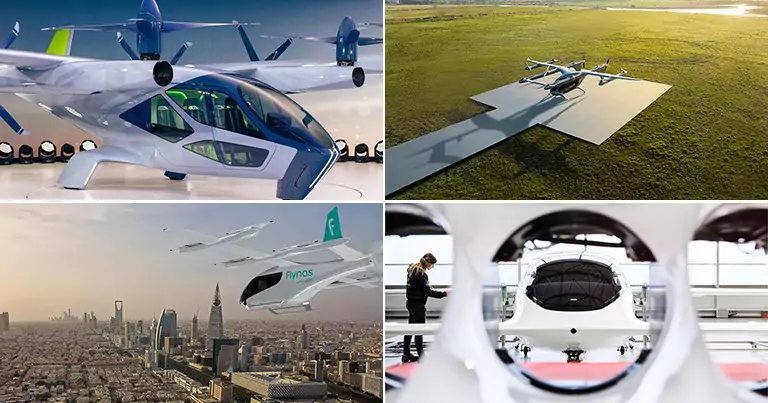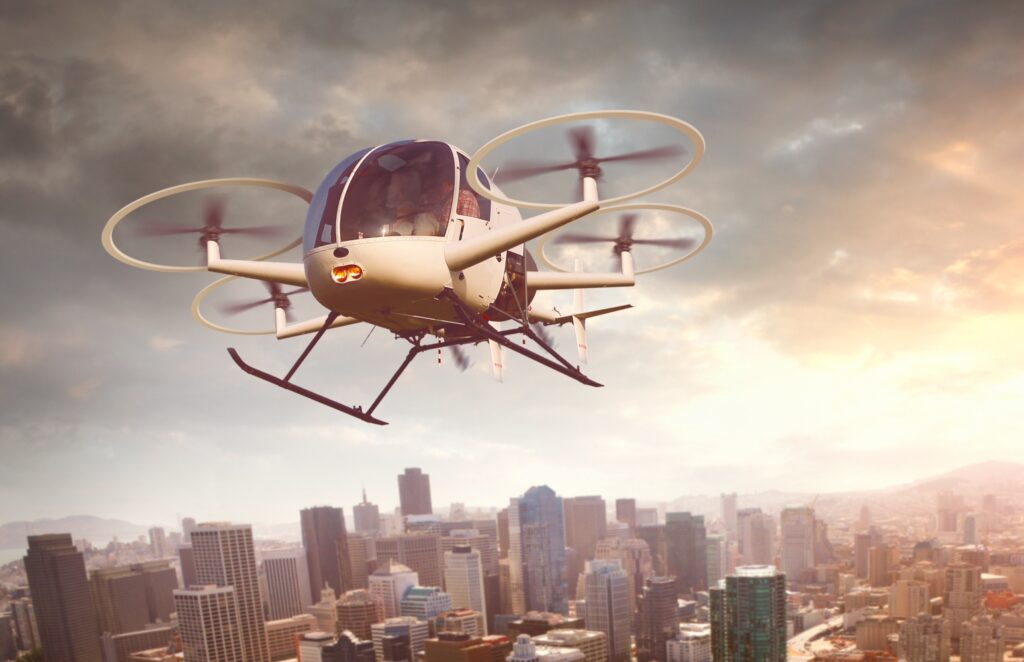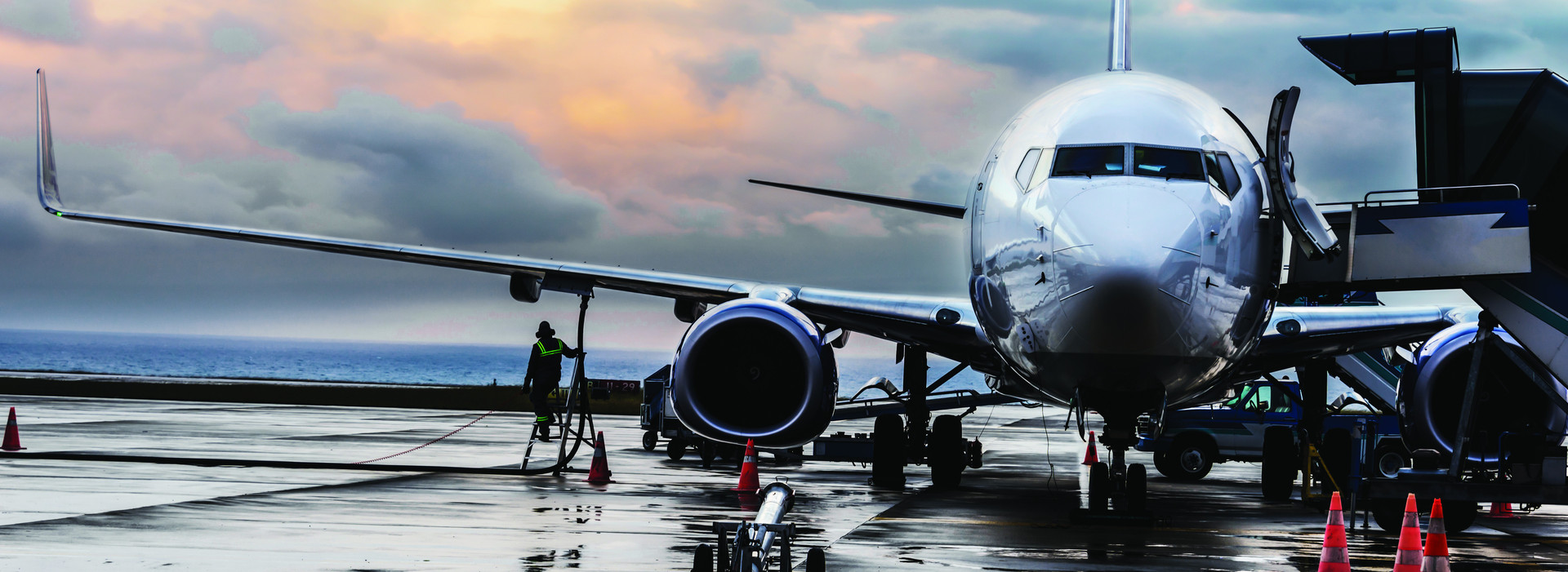In recent years, the aviation industry has witnessed a significant transformation in the realm of security. With the evolving landscape of threats and the imperative need for enhanced safety measures, aviation security has become a focal point for innovation. New technologies and approaches are continuously being developed and implemented to bolster security protocols and ensure the safety of passengers, crew, and aircraft. In this article, we delve into some of the most notable innovations in aviation security, exploring their functionalities, benefits, and implications for the industry.

One of the most prominent innovations in aviation security is the utilization of biometric authentication systems. Biometrics, such as facial recognition, iris scanning, and fingerprint identification, offer a more secure and efficient means of verifying passengers’ identities compared to traditional methods like boarding passes and IDs. Airlines and airports worldwide are increasingly adopting biometric authentication systems at various touchpoints throughout the passenger journey, from check-in and security screening to boarding gates and immigration. By streamlining the verification process and reducing the reliance on physical documents, biometric technology enhances both security and passenger experience.
Another area of innovation in aviation security is the development of advanced screening technologies. Traditional security screening methods, such as metal detectors and X-ray scanners, have limitations in detecting non-metallic threats and explosives. To address these shortcomings, new screening technologies, such as millimeter-wave scanners and computed tomography (CT) scanners, have been introduced. Millimeter-wave scanners can detect concealed objects on a passenger’s body without physical contact, while CT scanners provide three-dimensional images of carry-on luggage, allowing security personnel to identify potential threats more accurately. These advanced screening technologies enhance security effectiveness while minimizing inconvenience for passengers.
Furthermore, the integration of artificial intelligence (AI) and machine learning algorithms has revolutionized aviation security operations. AI-powered security systems analyze vast amounts of data in real-time, enabling predictive threat detection and proactive risk mitigation. By continuously learning from patterns and anomalies in passenger behavior, AI algorithms can identify suspicious individuals or activities before they escalate into security threats. Additionally, AI-based video analytics enhance surveillance capabilities at airports, enabling security personnel to monitor large areas efficiently and detect unauthorized access or unusual behavior promptly. The adoption of AI-driven security solutions enhances situational awareness and enables proactive security measures to mitigate potential risks effectively.

In addition to technological innovations, collaborative approaches to aviation security have gained prominence in recent years. Recognizing the interconnected nature of the aviation ecosystem, stakeholders across the industry, including airlines, airports, government agencies, and law enforcement, are increasingly collaborating to share intelligence, resources, and best practices in security. Information-sharing platforms and collaborative initiatives facilitate real-time communication and coordination among stakeholders, enabling a more holistic and proactive approach to security management. By fostering partnerships and collective responsibility, collaborative approaches strengthen the resilience of the aviation sector against evolving threats and vulnerabilities.
Moreover, the COVID-19 pandemic has catalyzed the adoption of innovative health and safety measures to mitigate the spread of infectious diseases in air travel. Enhanced cleaning and disinfection protocols, touchless technology solutions, and health screening procedures have become integral components of aviation security in the post-pandemic era. Airlines and airports have implemented measures such as contactless check-in, automated temperature screening, and health declaration forms to minimize the risk of transmission onboard aircraft. Additionally, advancements in air filtration and ventilation systems enhance cabin air quality, further reducing the risk of airborne transmission. These innovative health and safety measures not only protect passengers and crew from infectious diseases but also contribute to restoring confidence in air travel and revitalizing the aviation industry.
In conclusion, innovations in aviation security, encompassing biometric authentication, advanced screening technologies, artificial intelligence, collaborative approaches, and health and safety measures, play a crucial role in enhancing the safety and resilience of the aviation industry. By leveraging cutting-edge technologies and adopting collaborative strategies, stakeholders can effectively mitigate security risks, adapt to emerging threats, and ensure a secure and seamless travel experience for all passengers. As the aviation landscape continues to evolve, continued investment in innovation and collaboration will be essential to maintaining the highest standards of security and safety in air travel.

